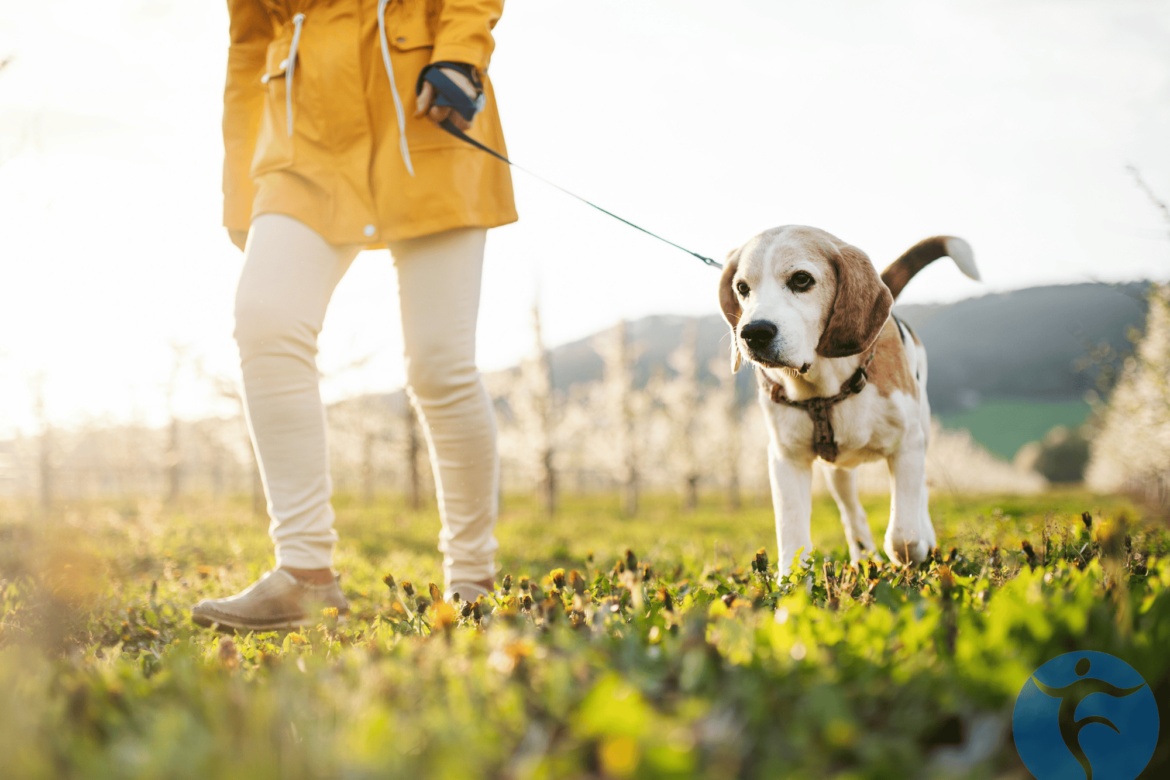Fall Prevention Strategies for Older Adults
Unexpected falls happen to almost 25 percent of adults 65 or older each year. Falls of any kind can lead to serious complications. As we age, it is important to prevent falls from happening, as injury related to a fall can have serious consequences for our physical, mental, and social well-being. This blog will help give you tips and tricks for fall prevention strategies for older adults.
Causes of Falls in Older Adults
Falling can be caused by many different personal, medical, or environmental factors. Individual factors include a fear of falling, a history of falls, and a sedentary lifestyle. Medical causes include balance deficits, strength deficits, medications, and more. Environmental factors include low lighting, unstable surfaces, slick surfaces, lack of appropriate support, and footwear.
Assessing Fall Risk and Safety Home Safety
Are you at risk of falling? Consider your level of confidence with daily tasks. Have you limited your activity within your home or community due to a fear of falling? Do you require an assistive device or a hand that hovers around sturdy surfaces to move around? Do you have sufficient strength for the task of walking?
Here are common safety hazards within the home that can be addressed to increase safety:
-Low lighting: Install brighter bulbs, more lighting fixtures, and night lights to make sure you can see your environment.
-Excessive obstacles: Clear walkways of extra clutter such as decorations, toys, high-pile rugs, and cords to make your walkways safer.
-Handheld support: Installing railings or grab bars by stairs, toilets, showers, beds, and other areas can help you move more confidently. Avoid relying on other objects such as end tables, armchairs, or walls for support, as this is not their intended purpose.
The Dionne’s Egress Test (DET) is a simple tool that PTs can use to assess your risk of falling within the home. Simply try these three test items:
– Stand and sit from your chair three times without using assistance.
– While standing, march in place three times without assistance.
– While standing, advance one step and back with each foot.
If you can complete these three tasks without assistance from another person, you may be at risk of falling. Note that passing this test does not denote zero risk.
Balance and Fall Prevention Exercises
The best way to stay safe is to avoid falling in the first place. Exercise can help us reduce our risk of falling. Here are six simple exercises that can improve your strength and balance:
-Double-leg heel raise: In standing, rise onto the balls of your feet and raise the heels off the ground.
-Supine bridge: While lying down, squeeze your glutes and hamstrings to make your hips lift off of the surface you’re lying on.
-Sit to stand: Stand and sit from a chair. Make sure to lean forward and squeeze your glutes to arise strongly and safely.
-Standing marches: In standing, alternate lifting your right and left foot off of the ground.
-Eyes closed standing: In standing, close one or both eyes for up to thirty seconds at a time.
-Aerobic exercise: walking, cycling, rowing, or swimming are great ways to improve aerobic endurance and balance. Completing at least 150 minutes of aerobic exercise per week is best practice as recommended by the American College of Sports Medicine.
Complete these exercises at least three times per week to maintain or improve your balance and safety. Note that you can use an assistive device to complete these if you are not able to do so without help.
Techniques for Safe Falling
If you do fall, there are strategies to mitigate the risk of serious injury. Think about landing softly and allowing your body to stay relaxed. This will dampen the impact on your body. If possible, turn your shoulders and head to the side to protect your head from hitting the ground. Avoid grabbing onto other people or objects, as this may cause them to fall on top of you.
If you are on the ground after a fall, do a self-assessment to see if there is immediate damage or not. The head is an especially important piece of our body and we must tell someone if our head was injured or not. If you are able, get help from someone nearby. Carry a phone or other communication device with you at all times and keep it somewhere easily accessible. Seeking immediate medical attention can mitigate the risk of complications after a fall.
How a Therapist Can Help
If you are at risk of falling, come see our physical and occupational therapists at Freedom Physical Therapy Services. We offer expertise in the area of falls and can help you recover or prevent falls from occurring. We use a well-rounded approach by considering physical, mental, environmental, and other factors as they relate to falling. You’ll work one-on-one with our therapists for 45 minutes at a time, which allows us to devote our full attention and resources to your care. Click here to schedule an appointment with us today.

